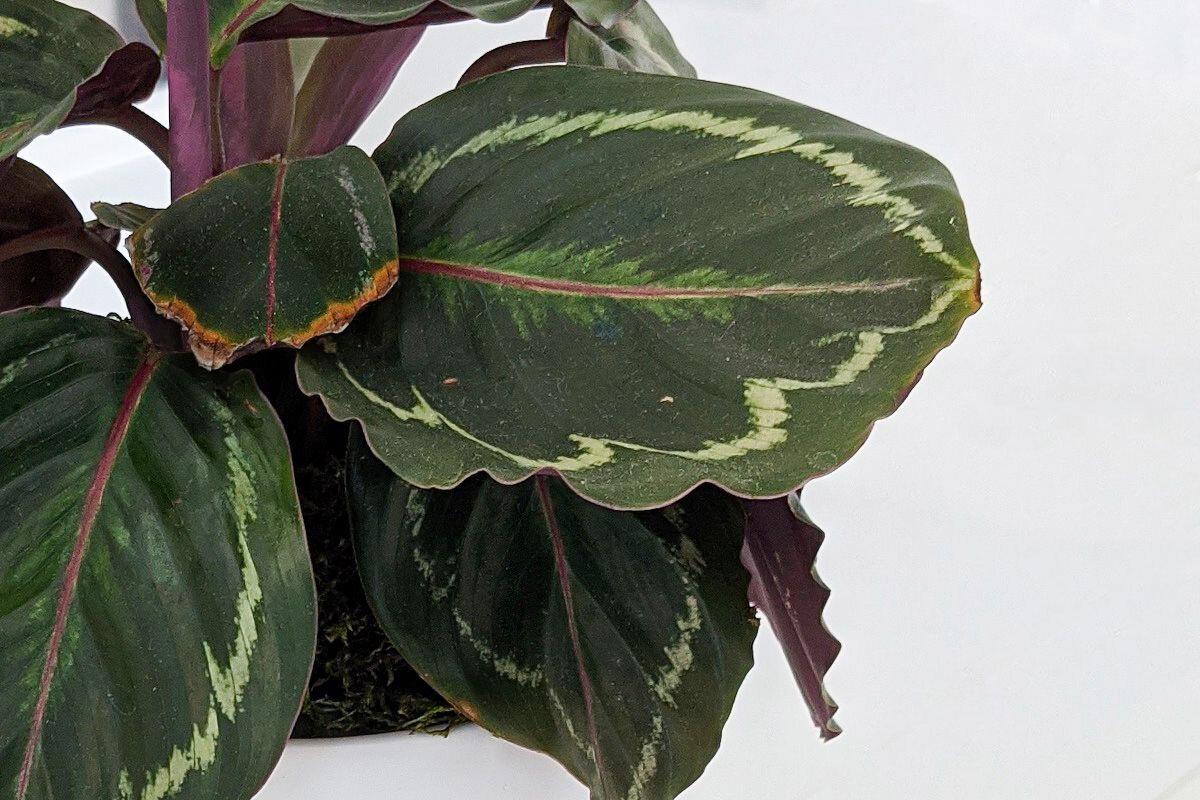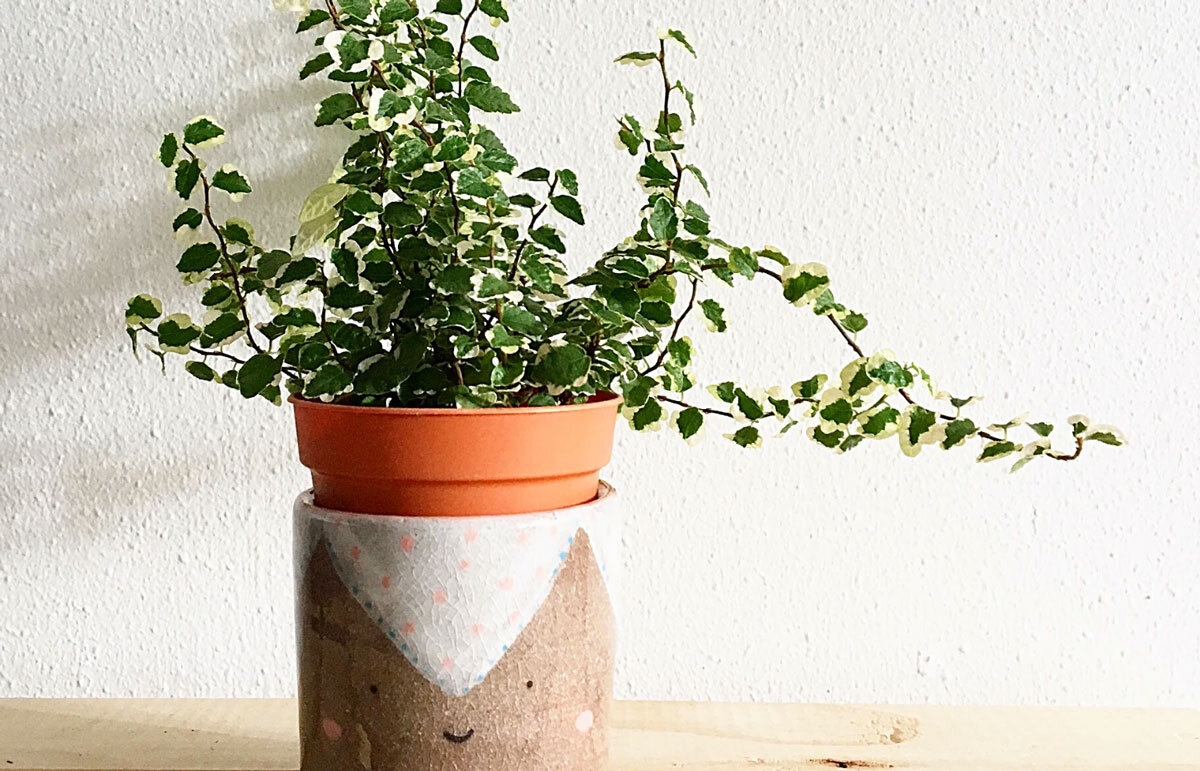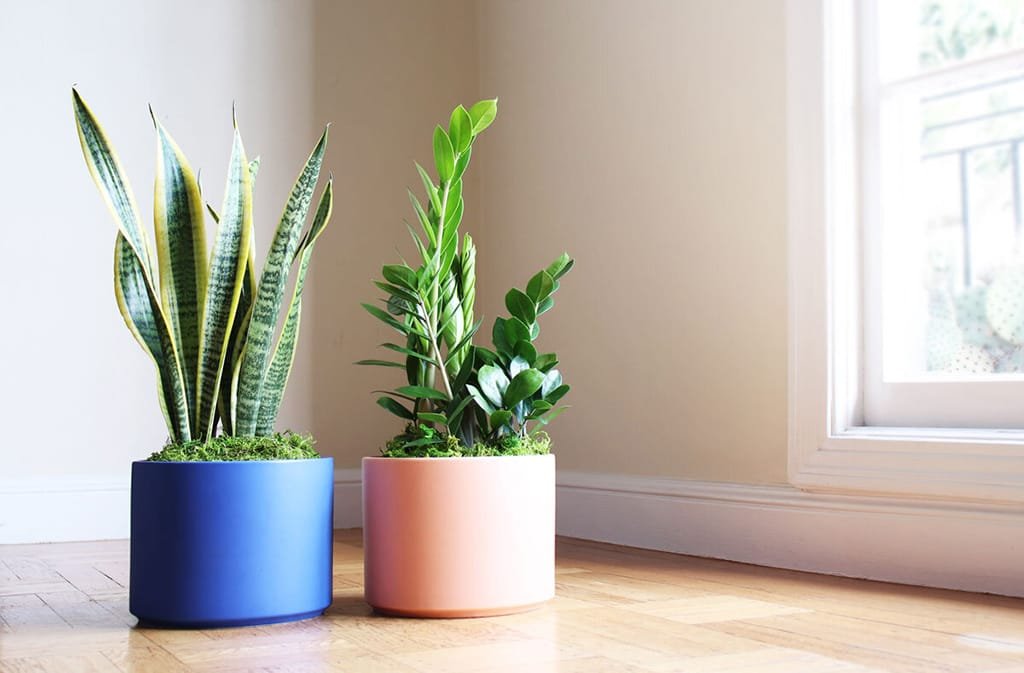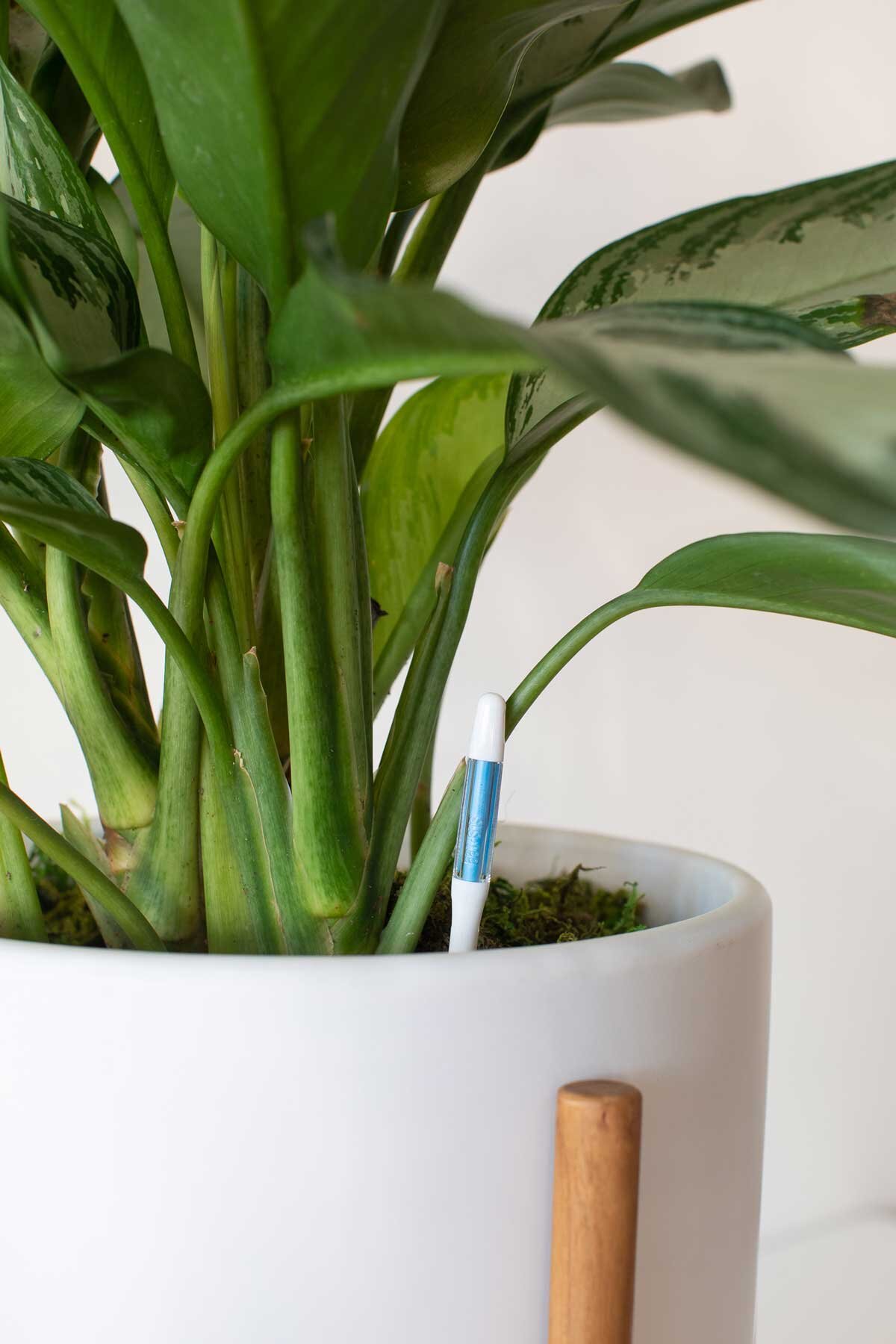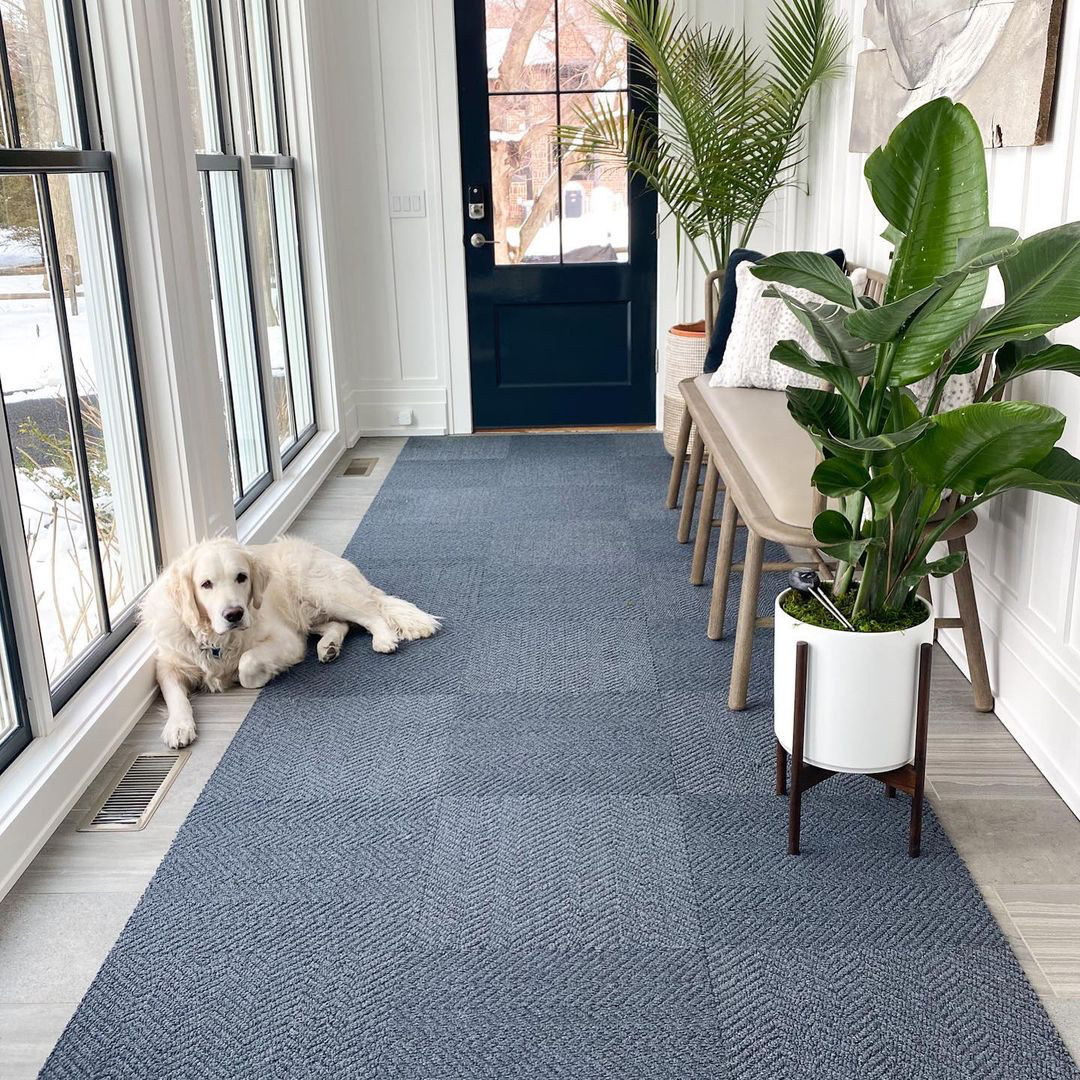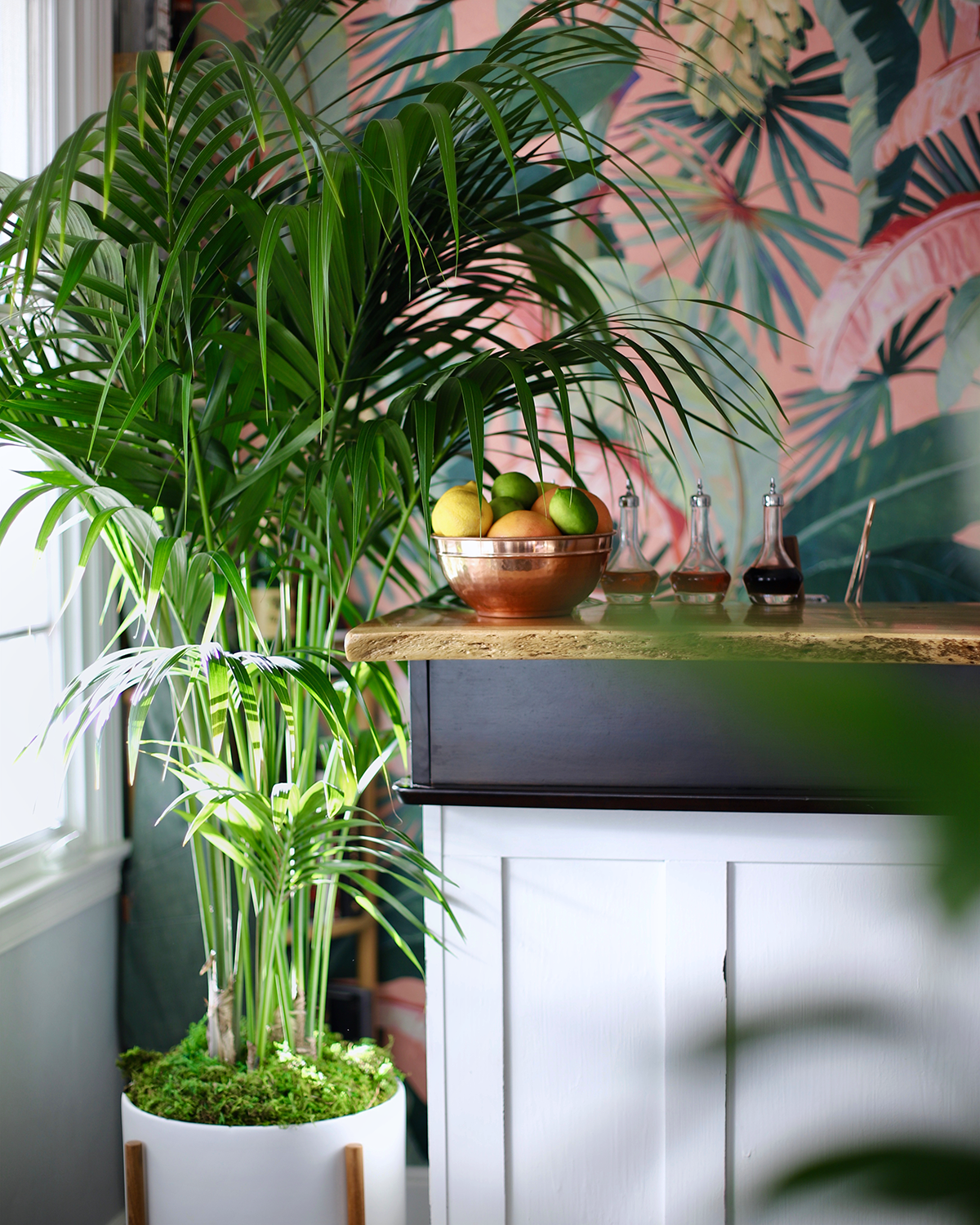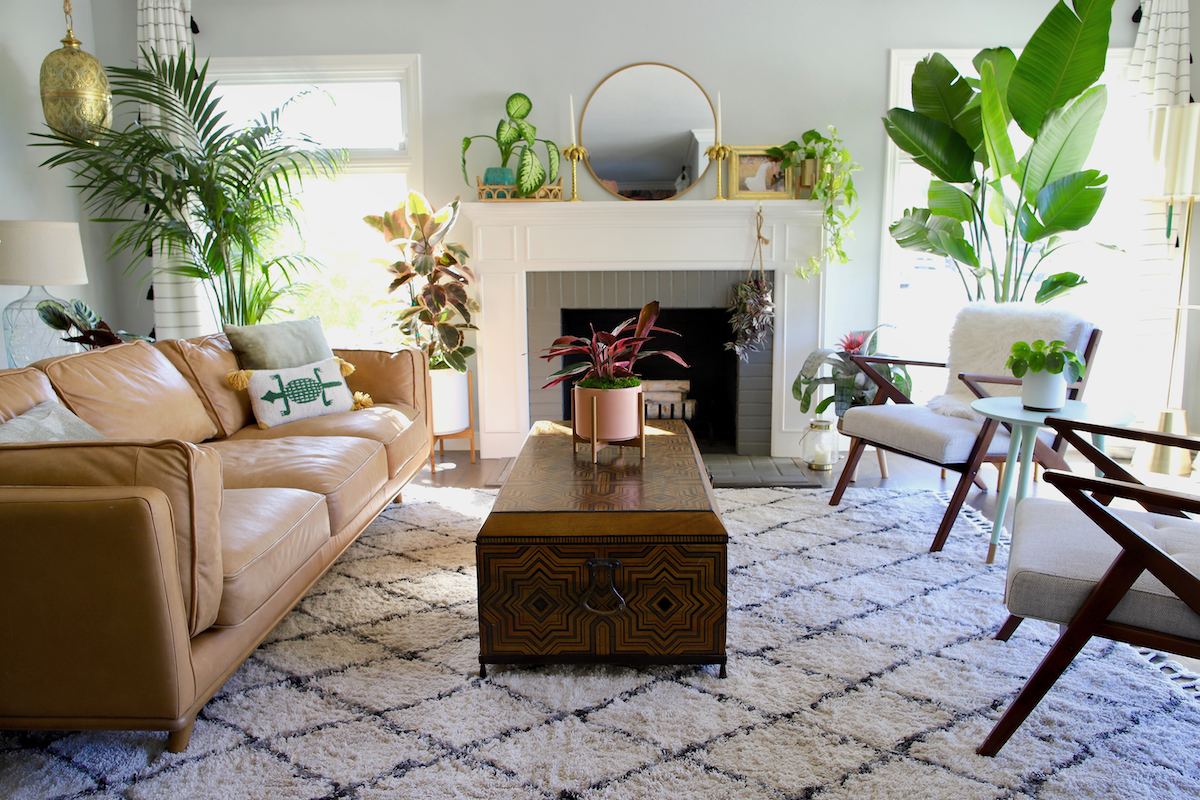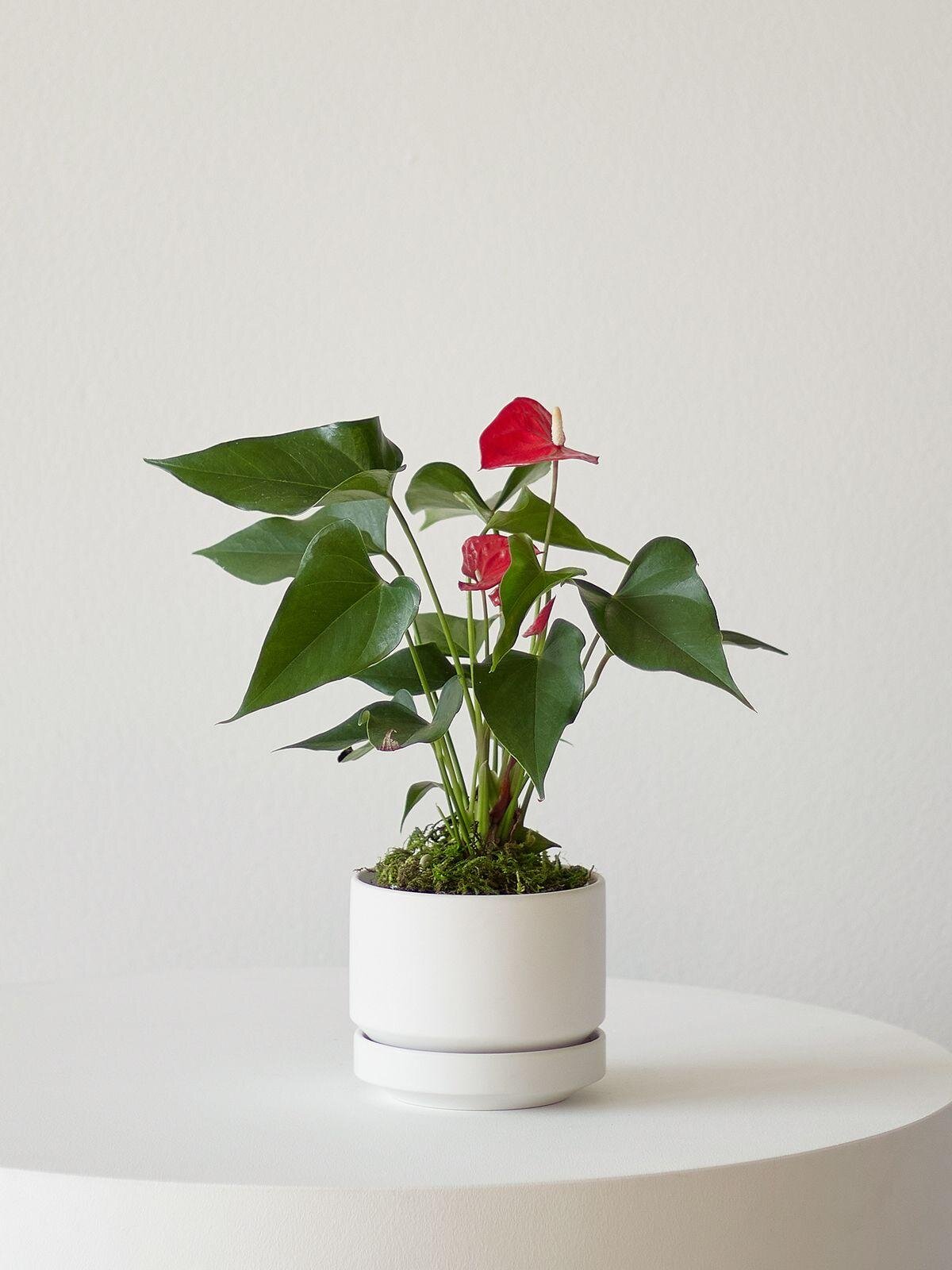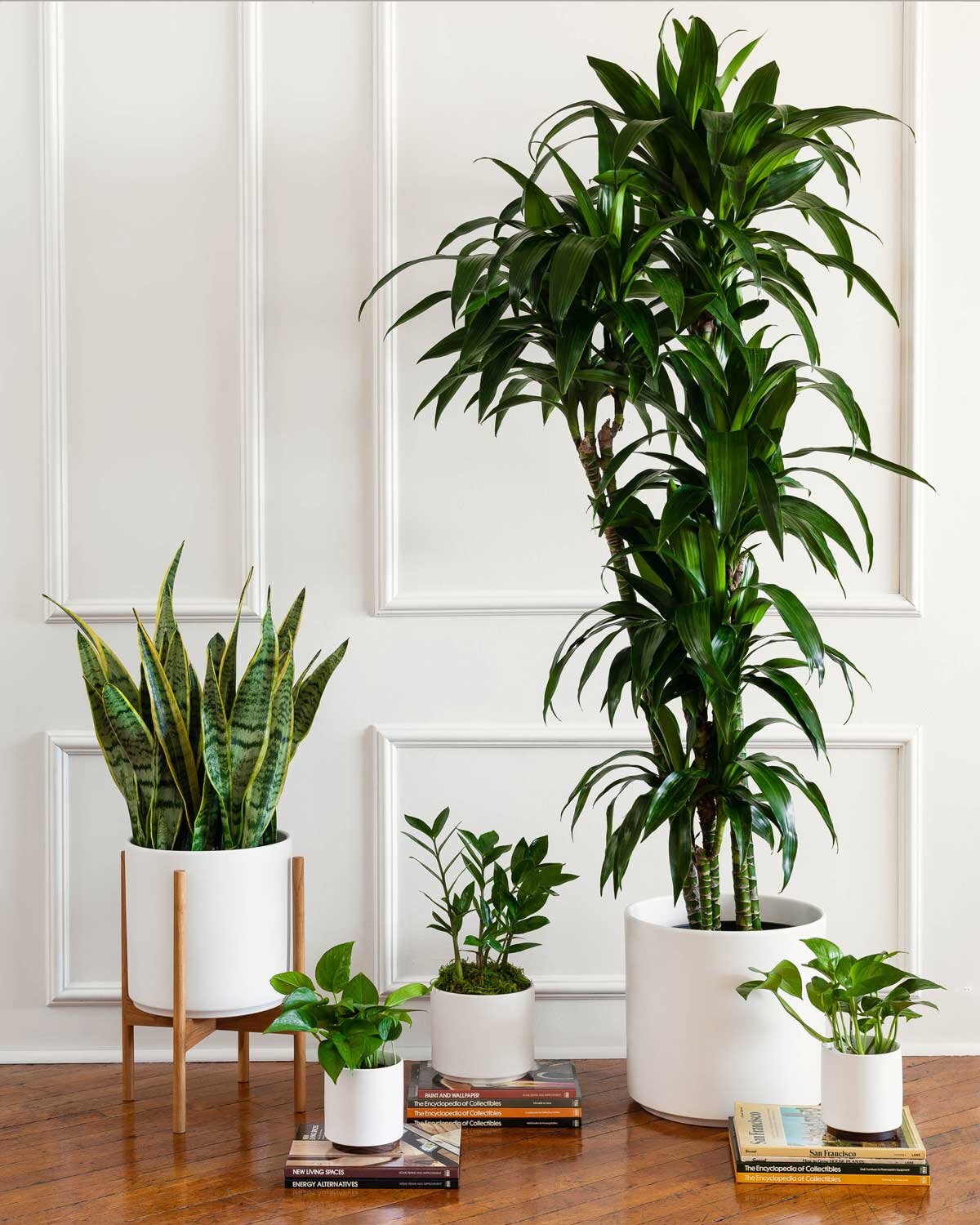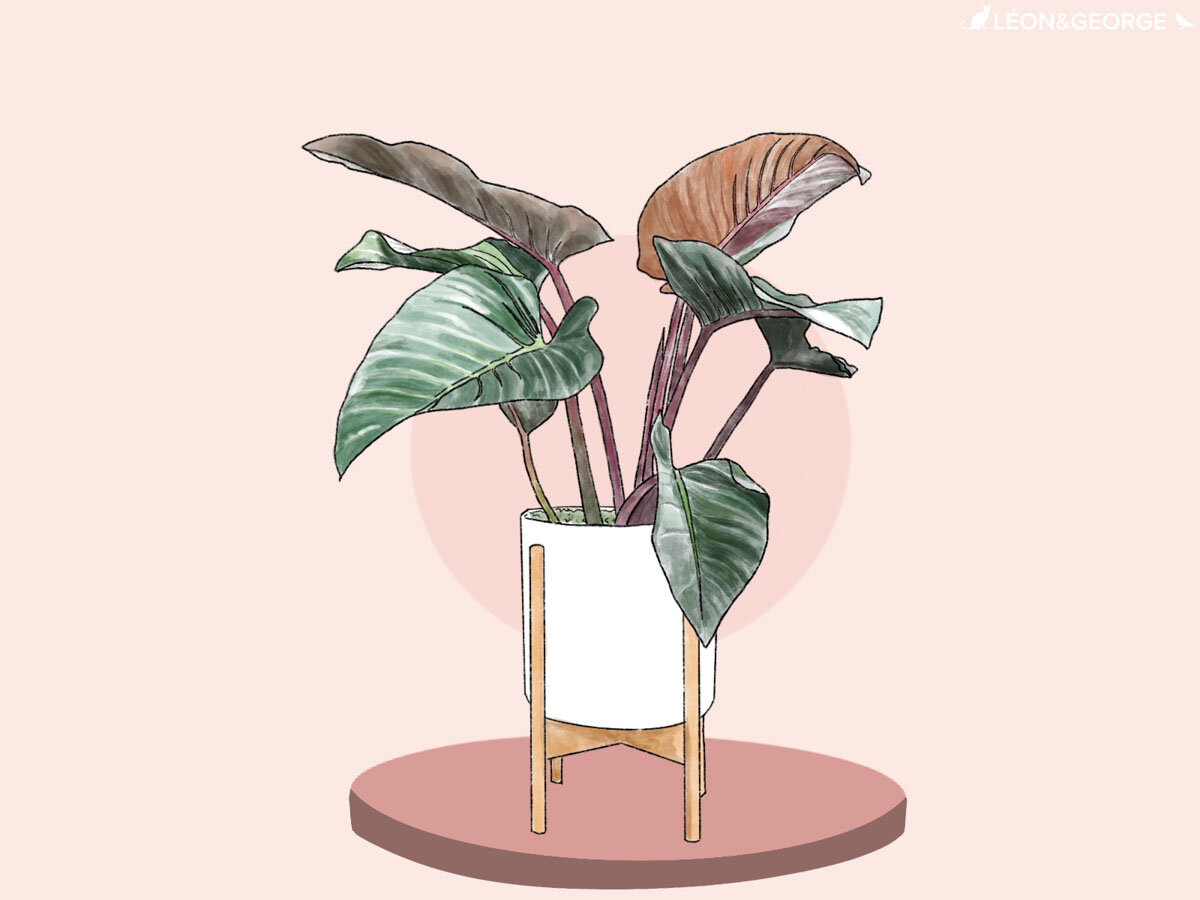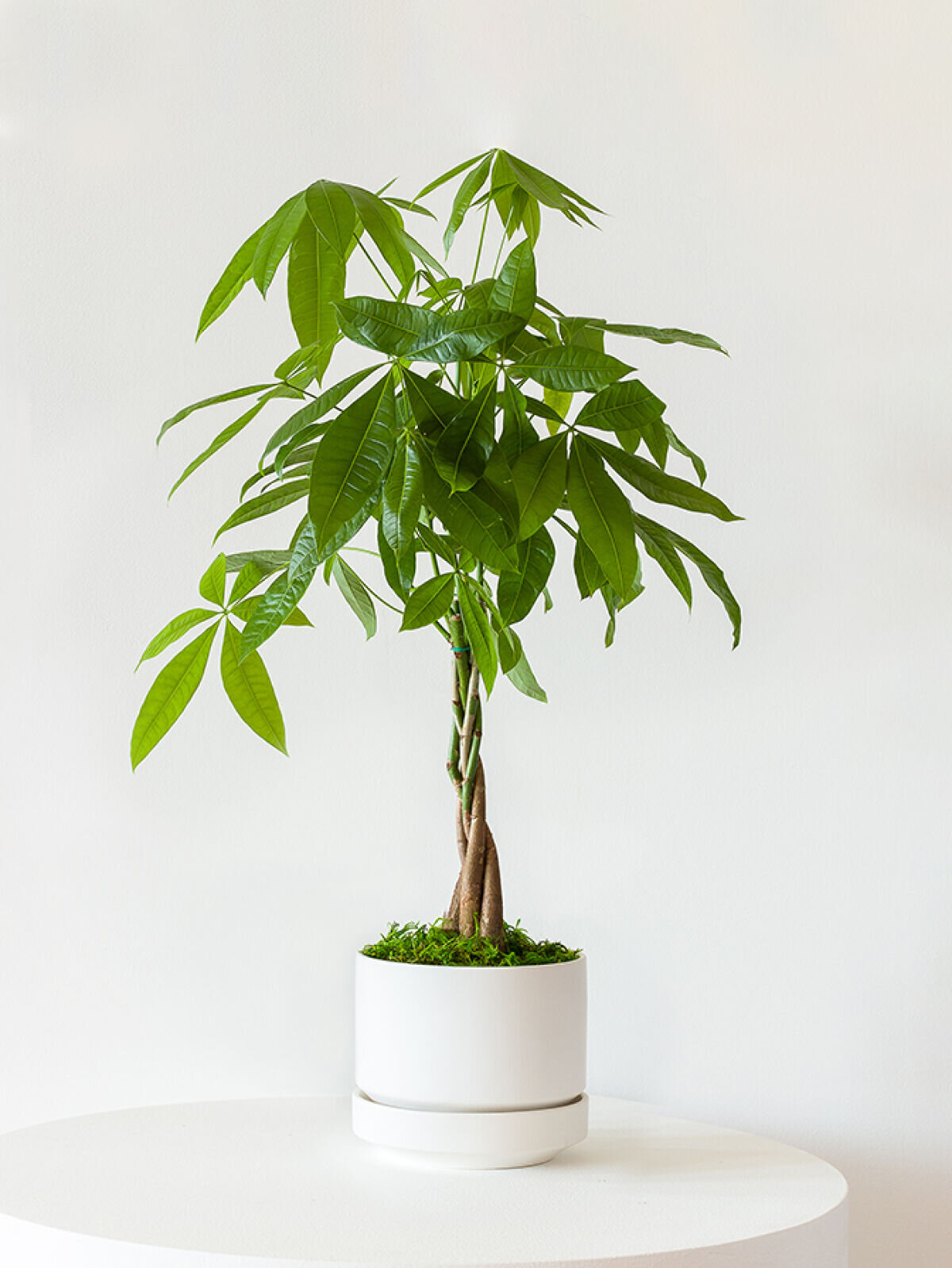Love your neighbors? So do we. We started in our San Francisco backyard and as our local restaurants find ways to welcome us all back, we're excited to show our support and continue our mission to bring our customers closer to nature each and every day.
That’s why this spring, we’re thrilled to launch a series of promotions in our home state of California to bring nature indoors, get you out, and support our wonderful local restaurants while we do it!
How does it work? Book your delivery on a specified date and get a gift card to dine al fresco in a beautiful outdoor setting this spring.
First up, the beloved Foreign Cinema! Find your perfect plant, select white glove delivery for Wednesday, March 31 and score a $50 gift card to treat yourself to Foreign Cinema’s beautiful courtyard patio.
Keep in mind that delivery slots are limited so hurry to grab your spot. Find more details below, and happy spring!
—
Offer applies to local, white glove delivery only with minimum purchase of $300 before tax. Order must be placed between 3/20-3/27 for plant delivery on Wednesday, March 31, 2021 in the San Francisco Bay Area. Gift cards will be included with your delivery. Limited availability promotion and will be gifted on a first come first serve basis. Cannot be combined with any other offer.

